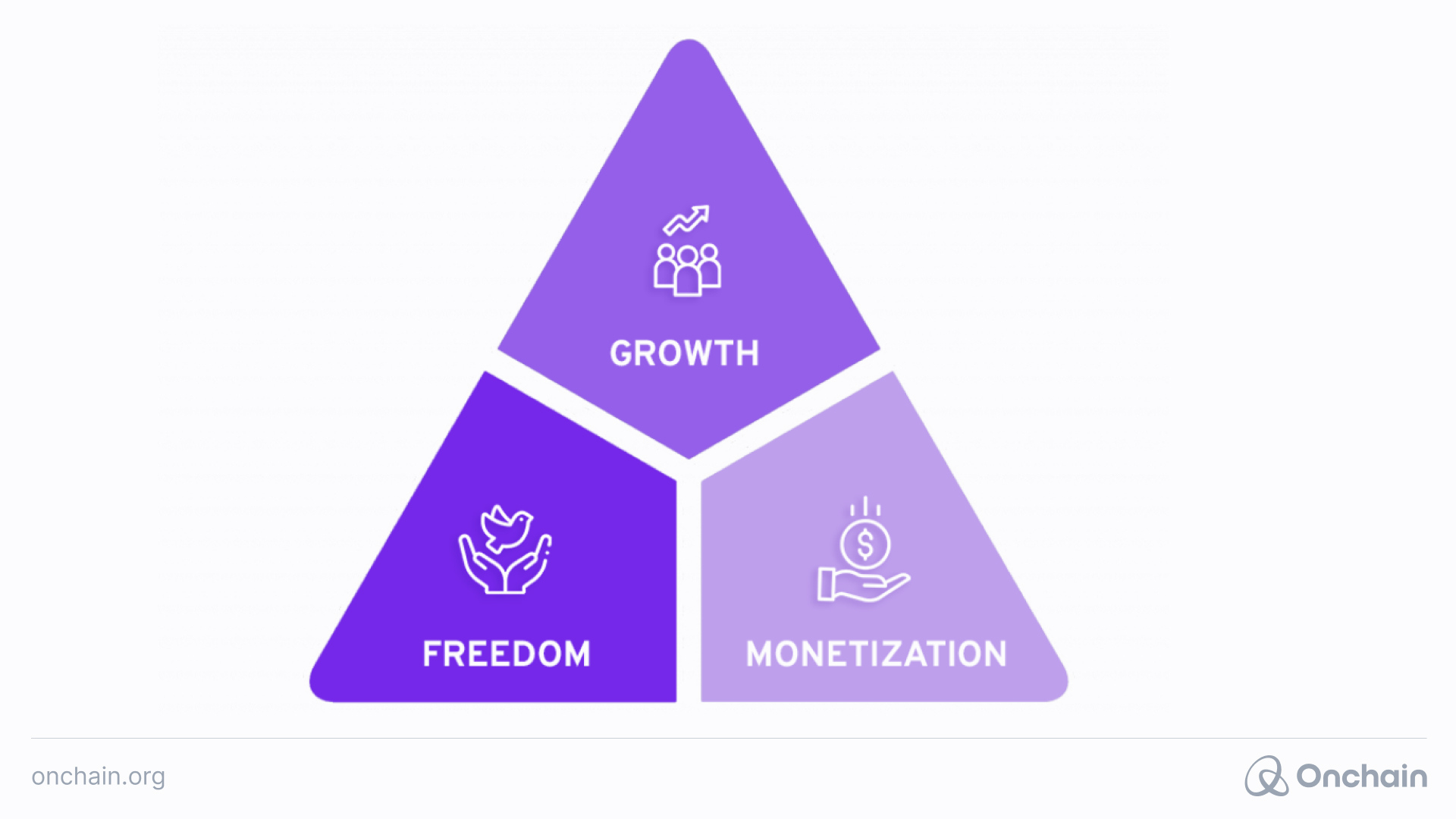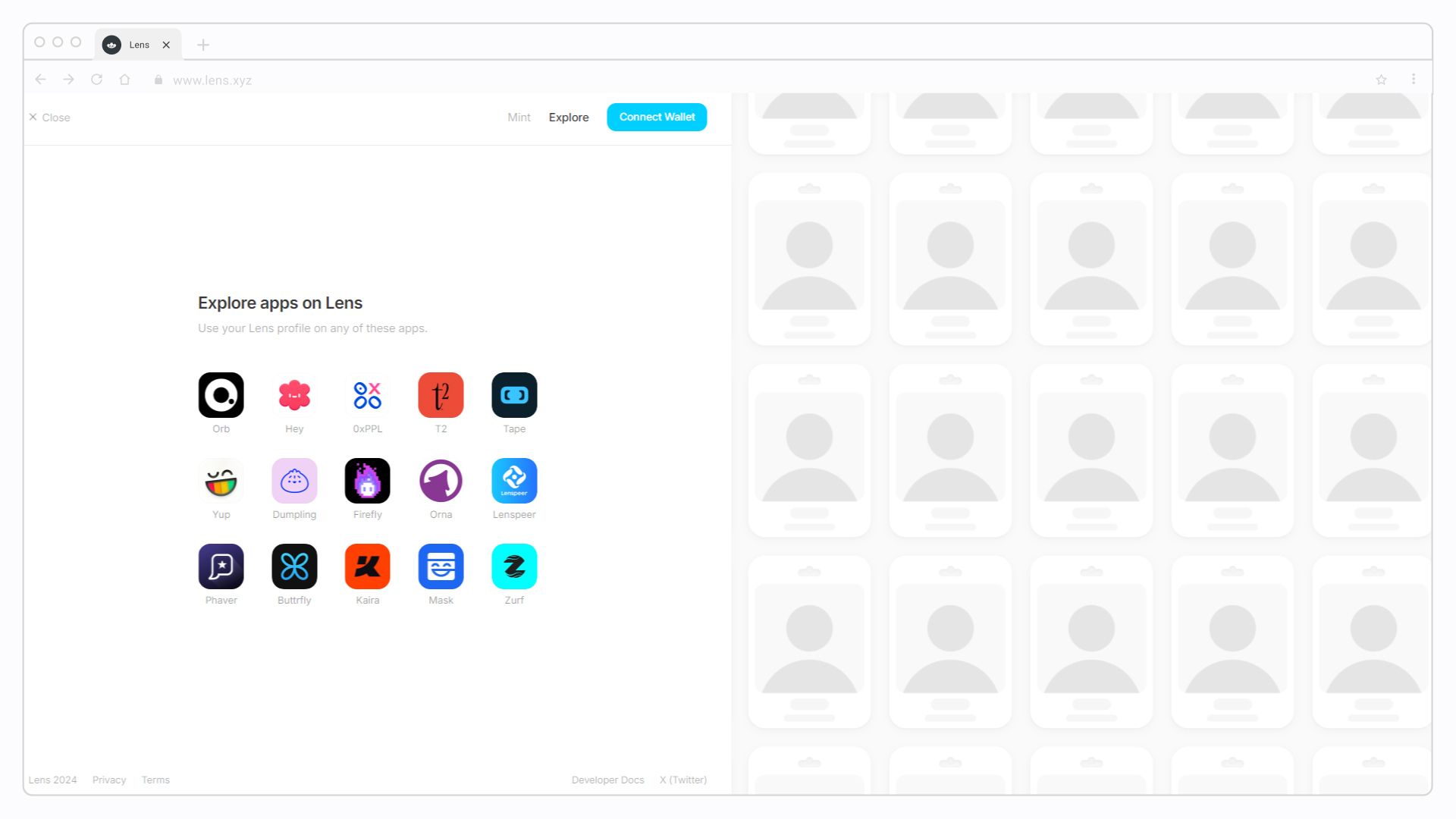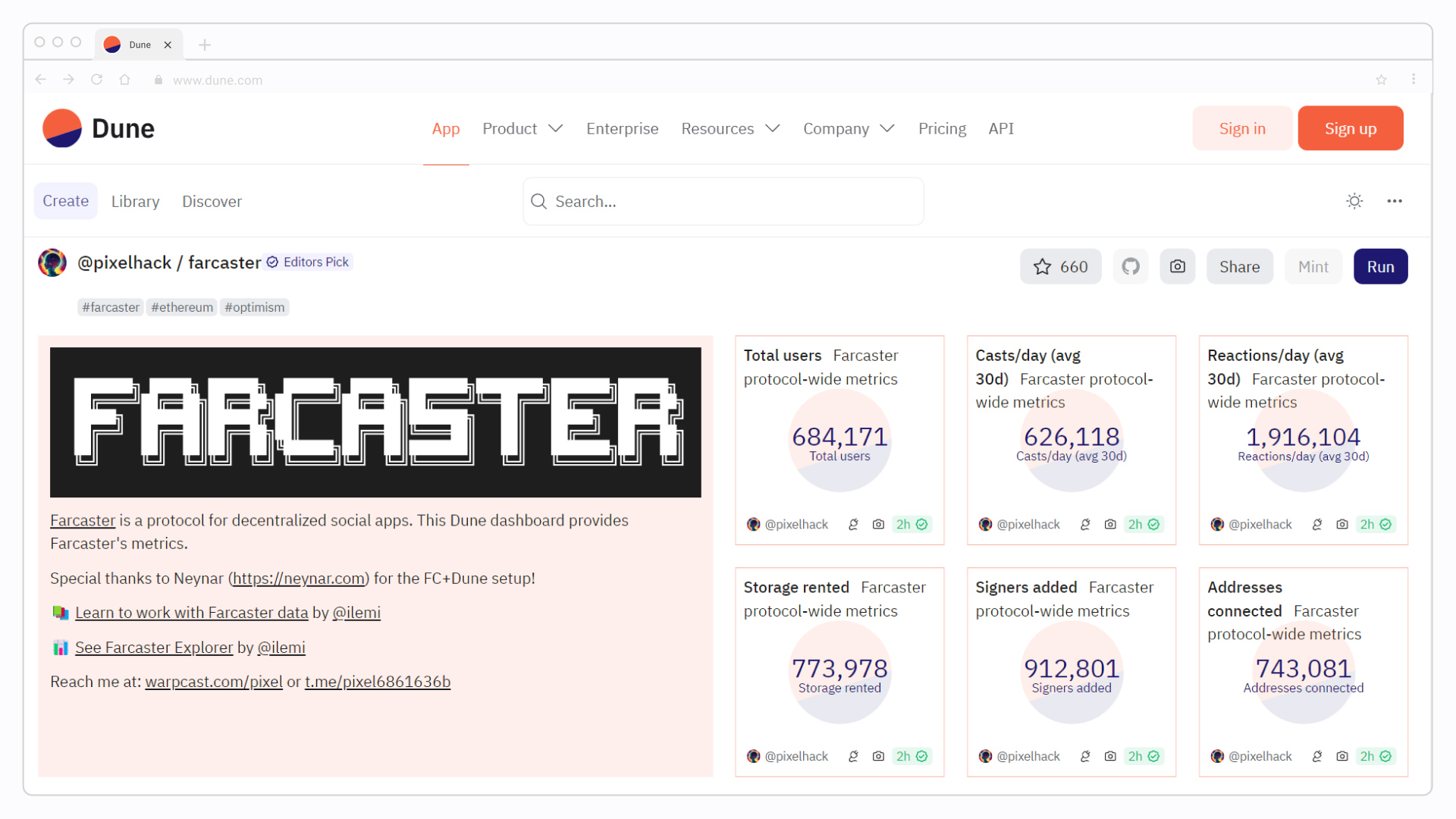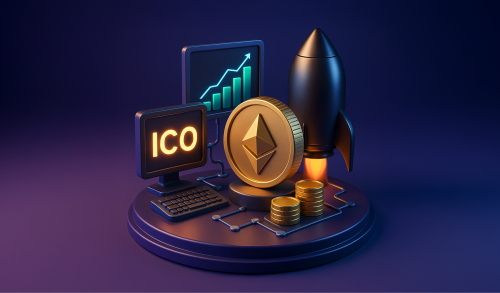It’s been over a decade since the creator economy exploded. Recently-developed platforms are using blockchain to create a Web3-friendly decentralized social media (DeSoc) landscape. DeSoc is empowering creators — and decentralizing the creator economy infrastructure.
What is the creator economy?
The creator economy is an online economy that allows influencers and content creators to earn income through social media networks. Also referred to as the influencer economy, it is a $150–250 billion dollar industry — which is projected to grow to over $500 billion by 2030.
Content creators like celebrity influencers, whimsical TikTok stars, and engaging podcast hosts are the lifeblood of this industry. However, they represent just one part of this sector.
The creator economy also includes:
- The digital platforms that distribute content
- The audiences consuming content
- Advertising and marketing agencies
Creators make short- and long-form content that can be easily distributed on popular social media platforms like Instagram, X, TikTok, Youtube, Spotify, and many others. One positive of these networks is that users can leverage the large built-in audiences.
Still, content authors often have to generate huge followings and view counts in order to make a decent living through advertising contracts and sponsorships. Some increase their income through subscription models, donations, or selling their own products (books, courses, clothing, and more).
Oftentimes, they combine these various tactics to maximize revenue. Some content whizzes become millionaires. Still, 46% of creators earn less than $1,000 a year.
Pain points in the creator economy
Platforms with large audiences are often under corporate control and focus on shareholder profit. As a result, some creators feel that they do not have full creative control over their content. Other common complaints include shadowbanning, censorship, stifling platform rules, demonetization, and even the deletion of an entire social media channel.
Yet, the creator economy is also composed of the businesses, entrepreneurs, and startups that want to market their products. They will often use a portion of their marketing budget on ad buys, influencer marketing, and sponsorships within the creator ecosystem. They may also advertise natively on their own in-house channels.
Facing issues from censorship to demonetization, many business-oriented creators are leveraging decentralized social media (DeSoc) alternatives like Lens Protocol and Farcaster.
DeSoc and the Web3 creator economy trilemma
Businesses within the creator economy need to weigh the tradeoffs of different platforms and monetization methods. We at Onchain have dubbed it the Creator’s Trilemma. Its three competing goals are:
- Monetization
- Growth
- Freedom

Many DeSoc platforms thrive on both the freedom and monetization fronts. They allow publishers to control their accounts, their data, and their content in new ways. In addition, the variety of monetization opportunities (discussed below) is far greater than conventional social media.
However, the growth potential may be lacking as these DeSoc networks typically have a smaller user base. Without a growing number of users, the advantages of DeSoc can’t be fully realized. That being said, the latest generation of decentralized social media shows impressive results.
Web3 creator economy monetization
DeSoc apps often feature all the same monetization options as traditional social media channels. In addition, decentralized platforms provide creators with revenue-generating options only found in Web3, like token-based payments.
Some DeSoc protocols have their own native token. Others use more established options like SOL, ETH, POL, and USD-pegged stablecoins. The reason lies in these tokens’ price movements — and value — which aren’t solely tied to a DeSoc platform.
Popular decentralized social media platforms often charge users an onboarding fee to join. This allows them to generate revenue for themselves and prevents bot and spam accounts from flooding in. The explosion of bots has been a problem in other social media.
Decentralized social media apps also tend to charge transaction fees for certain on-platform actions. This creates a revenue stream that grows based on a larger number of users and transactions or more overall activity. The revenue generated from these fees is often split between the platform and its content creators.
These transaction fees can be used to pay for:
- Exclusive token-gated content
- NFT and social token transactions
- Content subscriptions
- Microtransactions
- Third-party decentralized applications (dApps)
Many of the most popular DeSoc options allow third-party developers to launch Web3 dApps on their platforms. These innovative dApp developers can earn consistent revenue streams through their dApps while drawing in new users to these decentralized social channels.
This synergy is simply not possible on centralized social content platforms. Let’s look at some of the most interesting players in the DeSoc space today.
Lens Protocol
To get started, you can search and mint your own social media profile handle on Lens Protocol. Once you are onboarded, you can easily cross-post your content on a whole app ecosystem. Lens Protocol’s social graphs allow easy access to all your contacts, connections, and data. This is far different than traditional social media platforms that hide this data (they keep it for themselves).
NFTs are one revenue stream option. For example, creators can turn posts into non-fungible tokens and sell them. Monetization is also achieved through subscriptions, referrals, and various transaction fees. Many of the apps have a layout similar to X, with specific apps focused on art, writing, and other interests.

Farcaster
Growing from over 5,000 daily active users (DAUs) in January 2024 to over 50,000 DAUs by September 2024, you could think of Farcaster as a decentralized version of X. Anyone can run a Farcaster node that gives them the freedom to build all kinds of Web3 dApps called “Frames.” Frames can be used directly from the Farcaster feed — no redirection to another site is required.
For developers, Farcaster can be monetized by setting fees for services. This incentivizes developers to deploy dApps on Farcaster. In turn, this draws in additional users and contributes to overall network growth. Farcaster also earns income through storage and transaction fees.

How to earn money in the creator economy
DeSoc platforms enable new monetization pathways (NFTs, microtransactions, apps) within the creator economy, and at the same time enhance the customer experience (content discovery, decentralized analytics).You can even launch your very own DeSoc app and fill a specific market niche that targets your primary audience.
Currently, crypto-, tech-, and privacy-focused users are overrepresented in DeSoc. This is likely to change as everyday users try out decentralized alternatives that offer better privacy, data control, and functionality than the centralized giants.
Entrepreneurs who integrate their businesses into the existing DeSoc ecosystem may put themselves at a competitive advantage in the creator economy. Decentralized social media platforms help you stand out in crowded and competitive markets.
Why put your app on an iOS or Android app platform when you can cut out the fees and intermediaries and put it right on Farcaster, without restrictions? Good question.
On the other hand, these decentralized social media platforms still need much larger user bases to compete with the likes of Meta, X, Youtube, and the rest. Another risk is that these DeSoc platforms shut down from time to time — leaving disappointed creators and developers behind.
That’s why we took an honest look at the ‘readiness’ of DeSoc. In the next article in this Track, you’ll get a clear view of what to expect — and what not to bet on.



